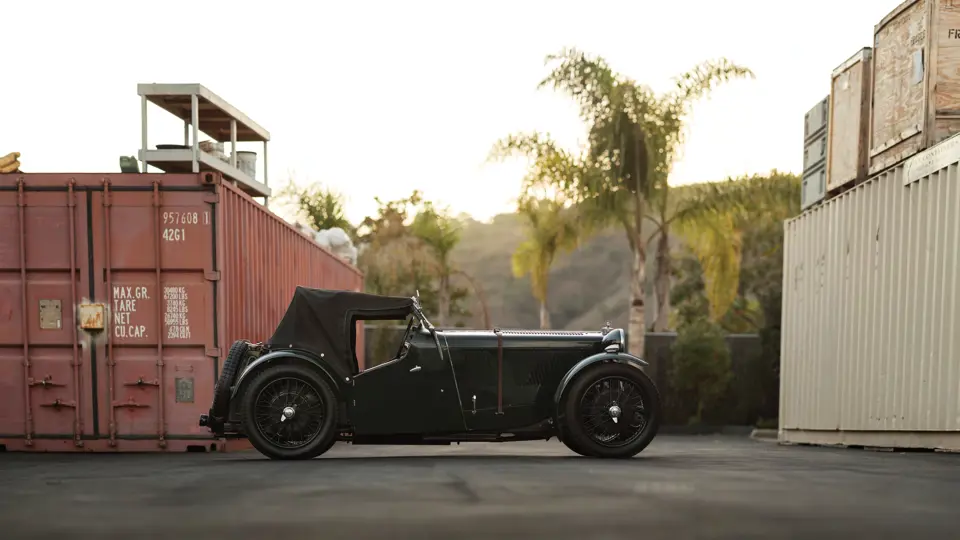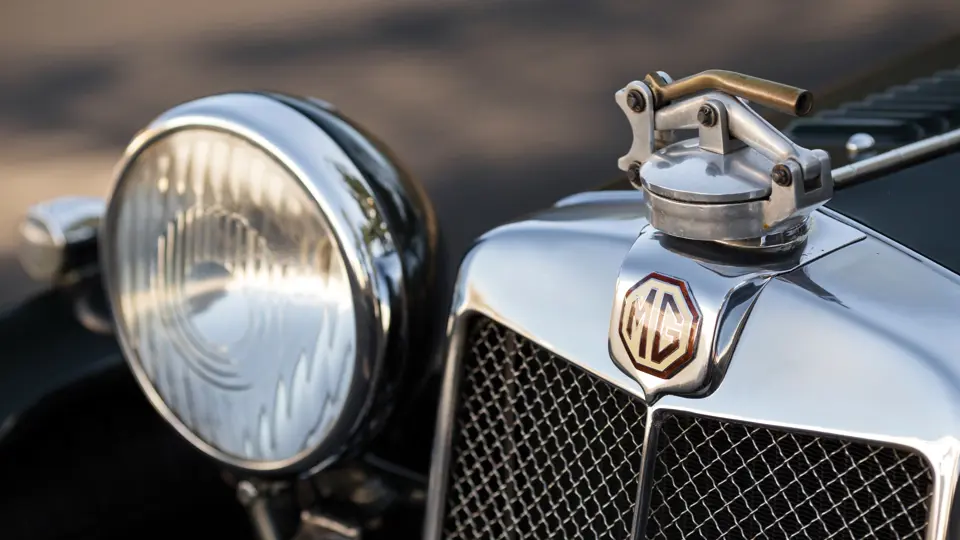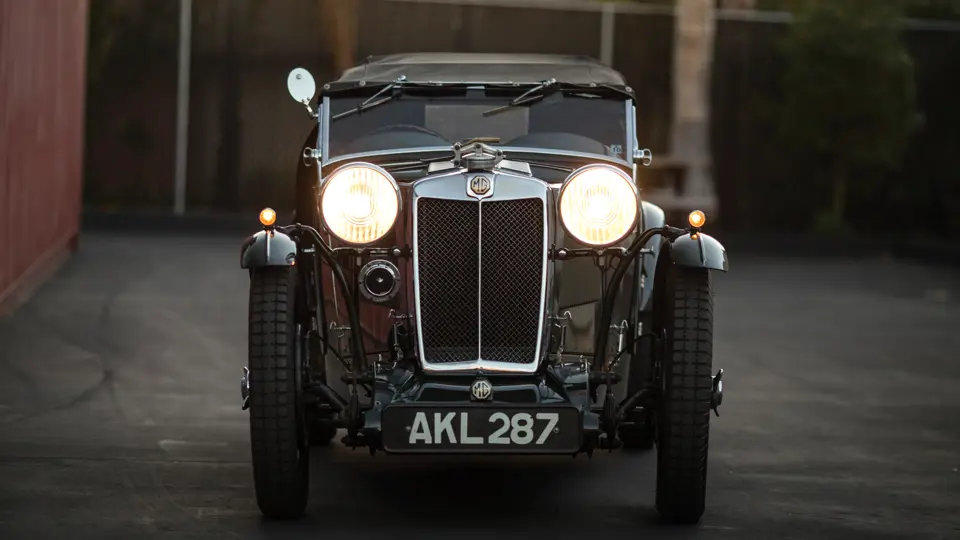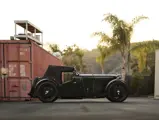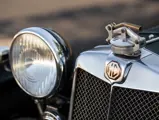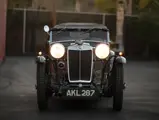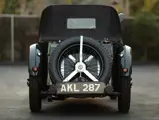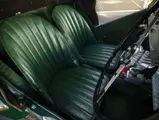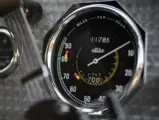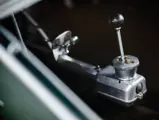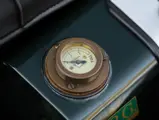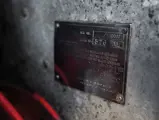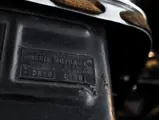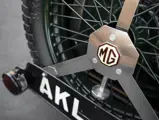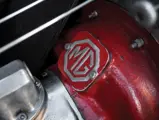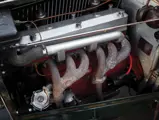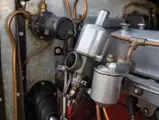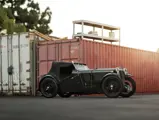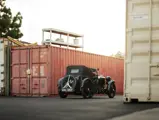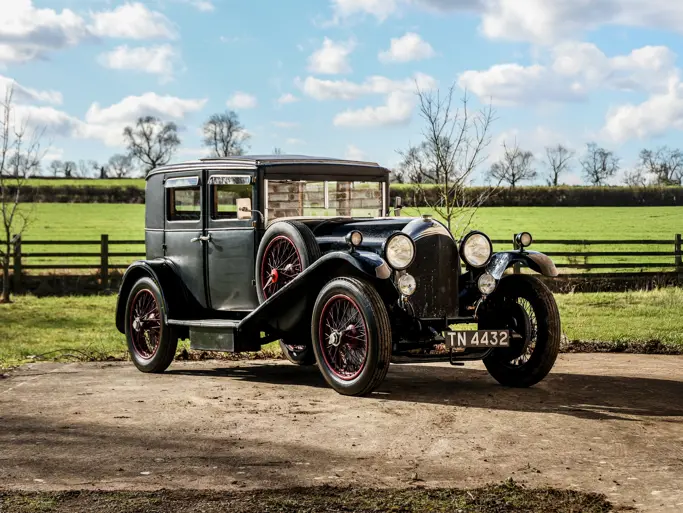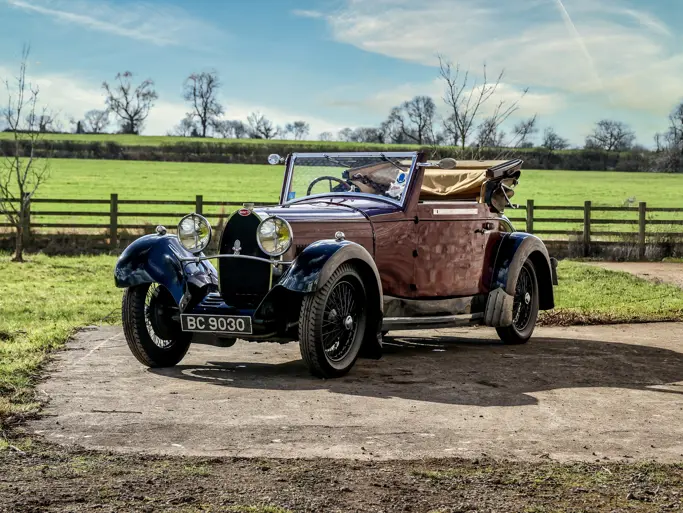41 bhp, 1,086 cc OHC inline six-cylinder engine, four-speed manual transmission, solid front axle and live rear axle with semi-elliptical leaf springs, and four-wheel mechanical drum brakes. Wheelbase: 94 in.
The M.G. car company introduced its new six-cylinder Magna models in 1931, filling a gap in the firm’s catalogue between the four-cylinder Midgets and the large 2.5-liter 18/80 models. First and most popular of the Magnas were the F-Type cars, with a 1,272 cc overhead-cam six-cylinder engine, derived from that of the Wolseley Hornet, with dual carburetors. This was followed in 1933 by the K-Type Magnette, with a shortened-stroke engine improved with a stronger crankshaft and cross-flow cylinder head, available on two lengths of wheelbase. This model was quite successful in racing, particularly the supercharged K3 cars.
In March 1933, an improved Magna, designated L-Type, was introduced. Using the K-Type’s 1,087-cc six, the L-Type had a Wolseley-derived four-speed gearbox but a narrower track than the K-Types. Four body styles were available. Four-seat tourers, saloons, and a slope-back continental coupe were designated L1. A single two-seat model, a sports roadster, was called L2. All had the slanted radiator of the earlier Magnas and sweeping fenders. Just 486 were built through 1935, of which only 90 of them were L2s.
The Triple-M Register of the MG Car Club records that L-Type chassis number L0317 was sold by the Smith Auto Co. Ltd. of Croydon, Surrey, to H.L. Kelman of Bromley, Kent. Originally an L1 four-seater tourer, it was registered on December 5, 1933, as AKL287, a Kent number. Its subsequent history is unknown, until its purchase in 1963, by which time it had been modified into the style of an L2 sports roadster. The then-owner, Bob Rushton, believed the conversion had been done by a previous owner, a Mr. Brown. The car was later owned by David Rider in the late 1990s, after which it was sold out of the UK to a prominent private museum collection in Japan, where it remained until recently.
Finished in British Racing Green, the car has a matching dark green interior and wire wheels. Cycle-type fenders are fitted in place of the standard L2 full-length swept style. The damascened instrument panel is equipped with Jaeger speedometer and gauges. The ignition lock has its original numbered key. The car comes complete with a black canvas roof for inclement weather, a hidden tool kit, and an original catalogue for Magna L-Type models.
The owner reports that it performs well and is a delight to drive: “a real head-turner. I can see why they have such a following.” Ideally suited for rallies or vintage racing, it has a 5.28:1 final drive ratio, a bit taller than the standard 5.375:1 unit, well suited for touring.
The T-Type made MG’s name in the United States, mostly after World War II. This rare L-Type Magna gives a glimpse into the marque’s pre-war sporting heritage.
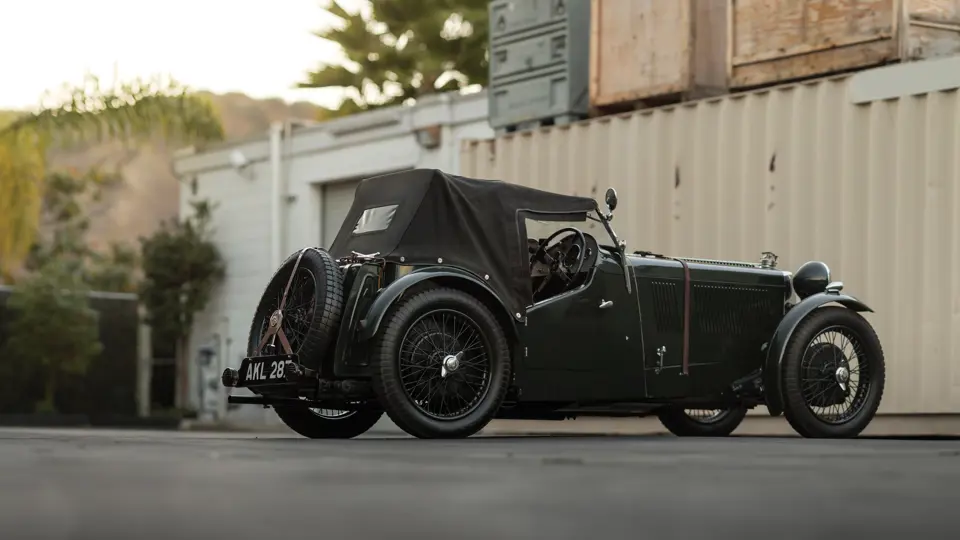




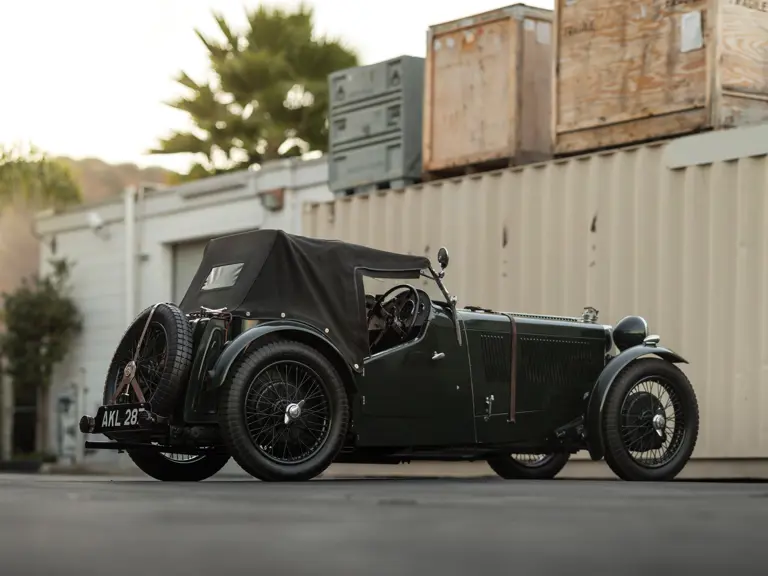
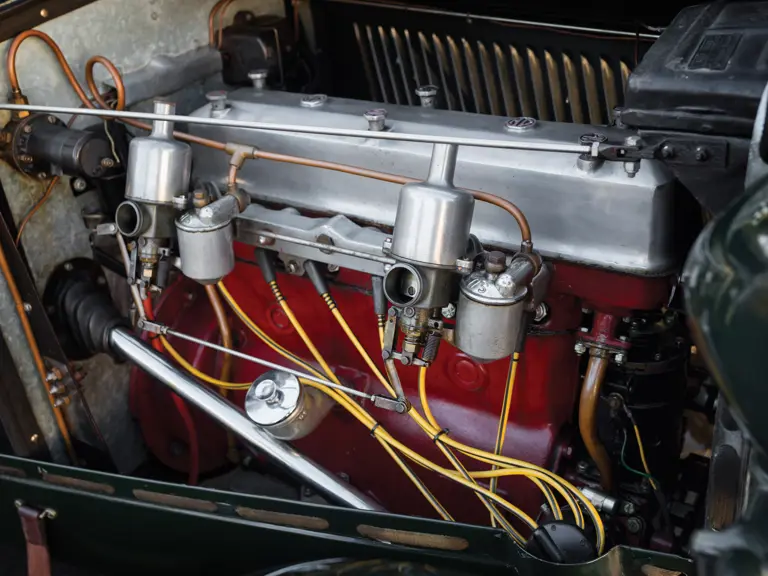
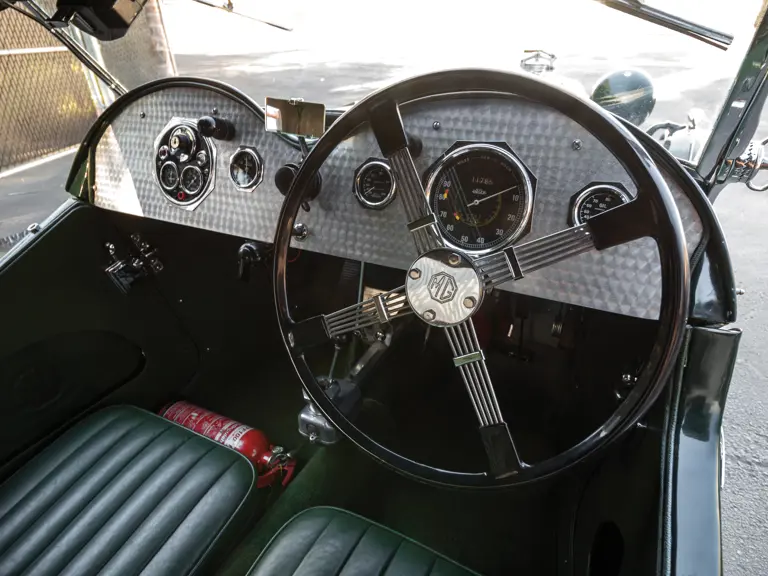
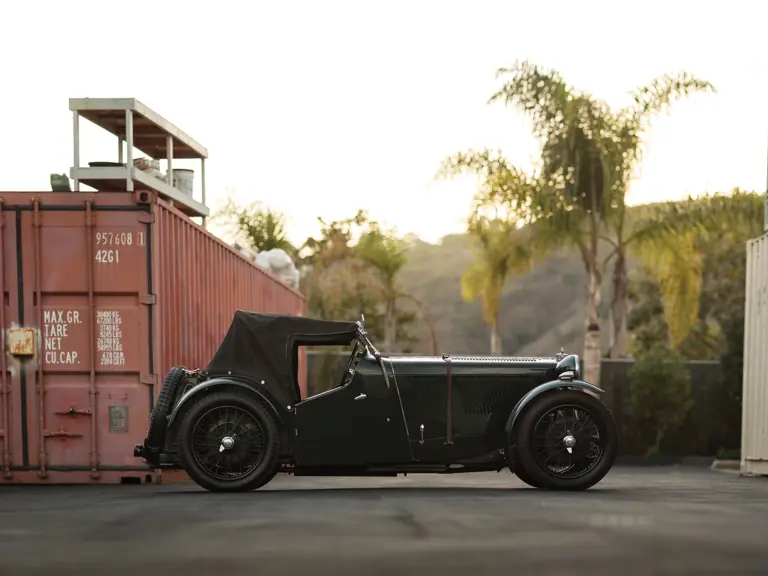
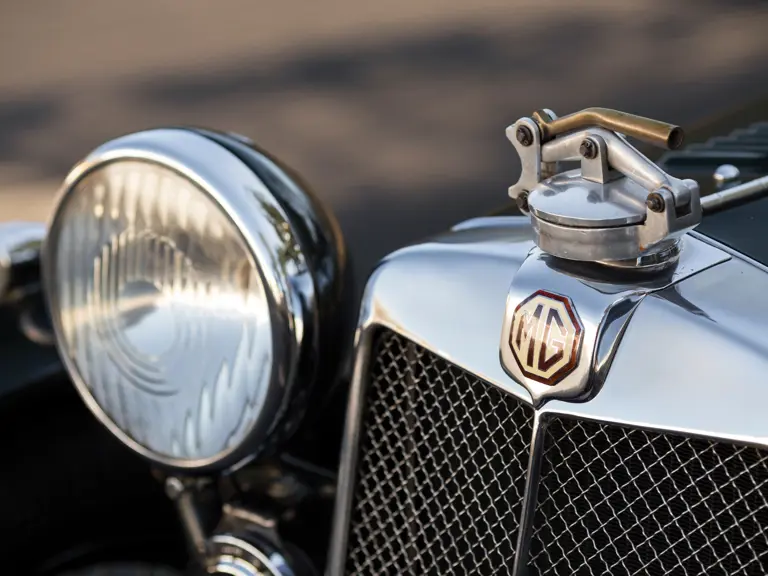
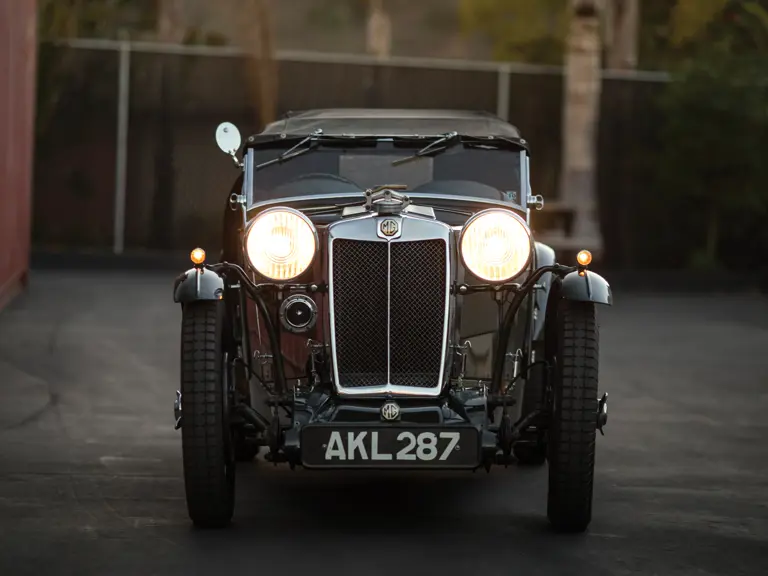

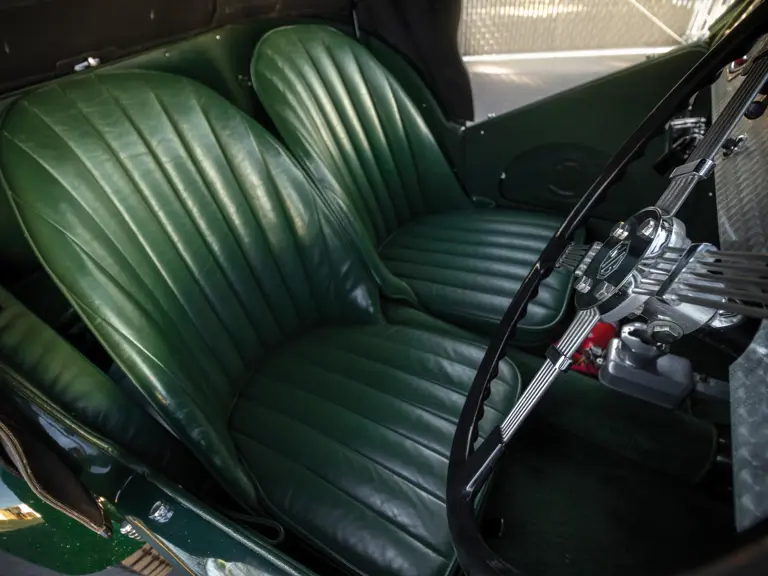
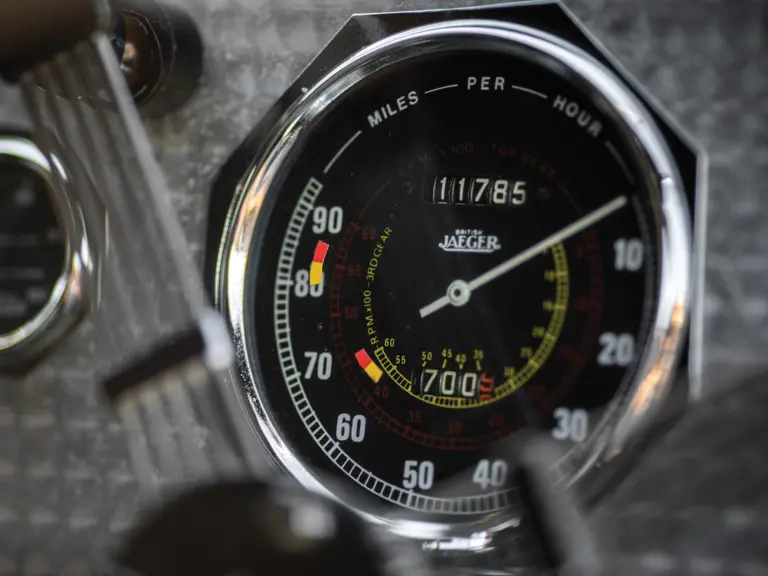

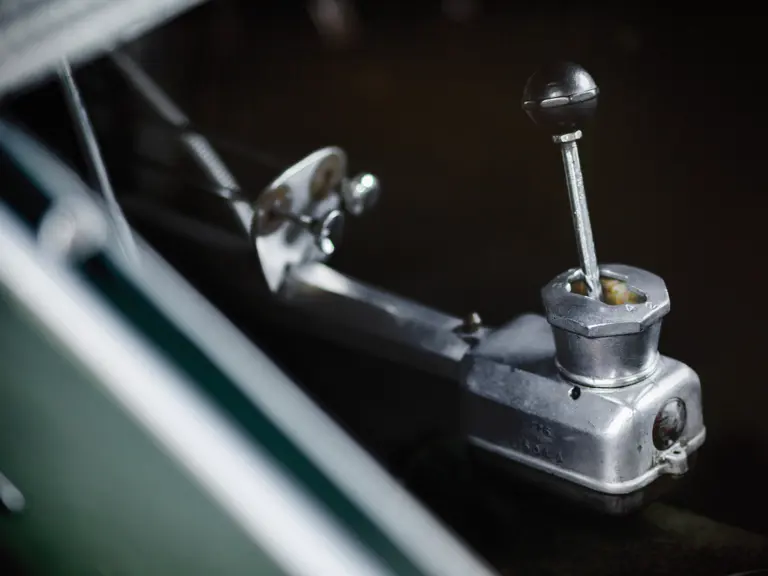
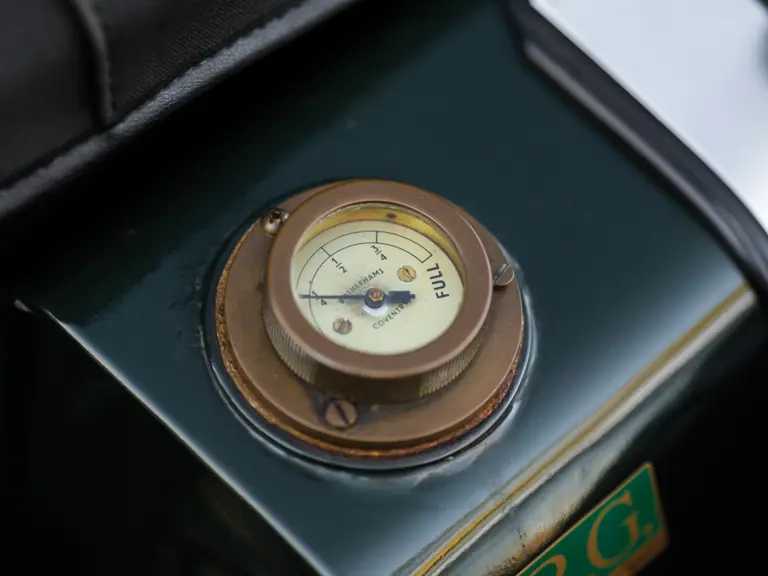

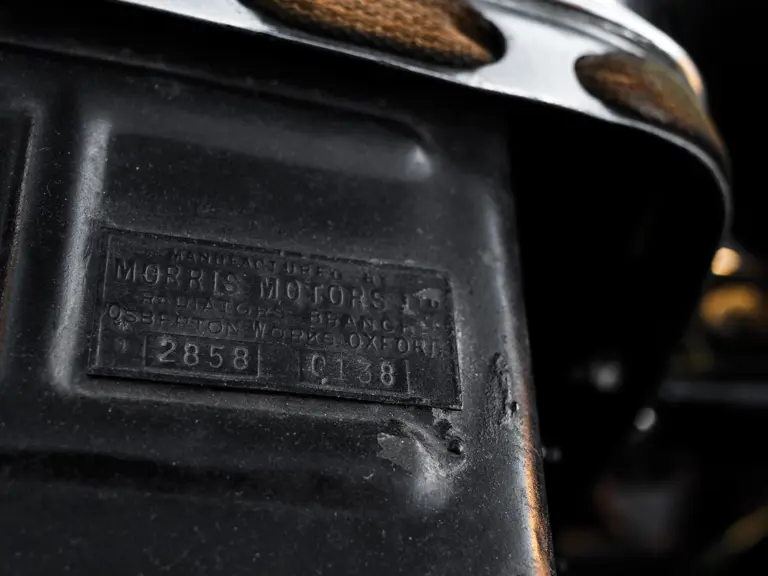
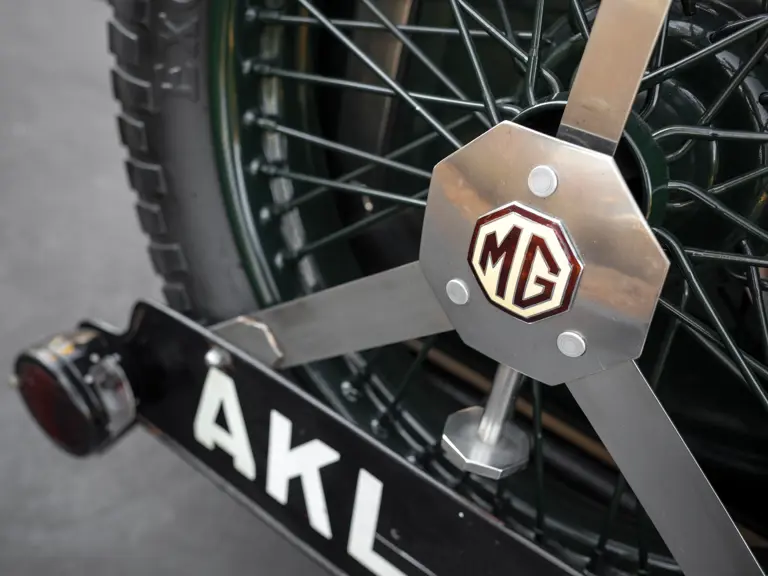
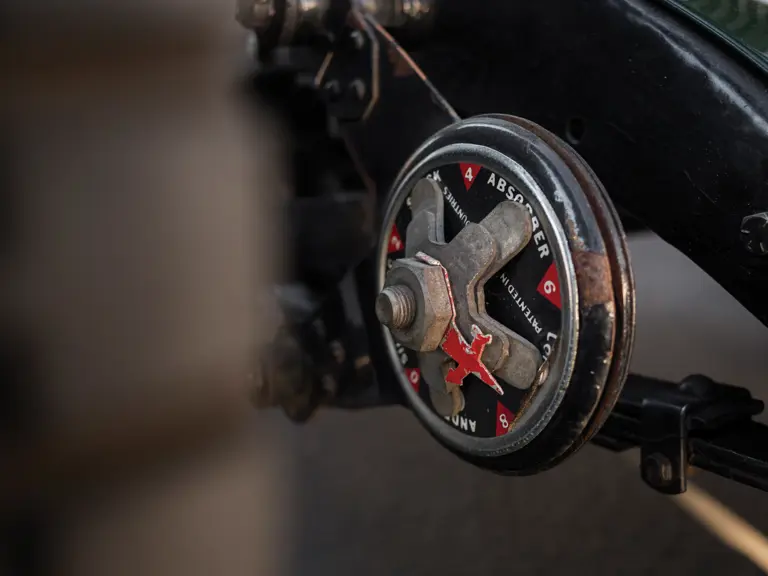
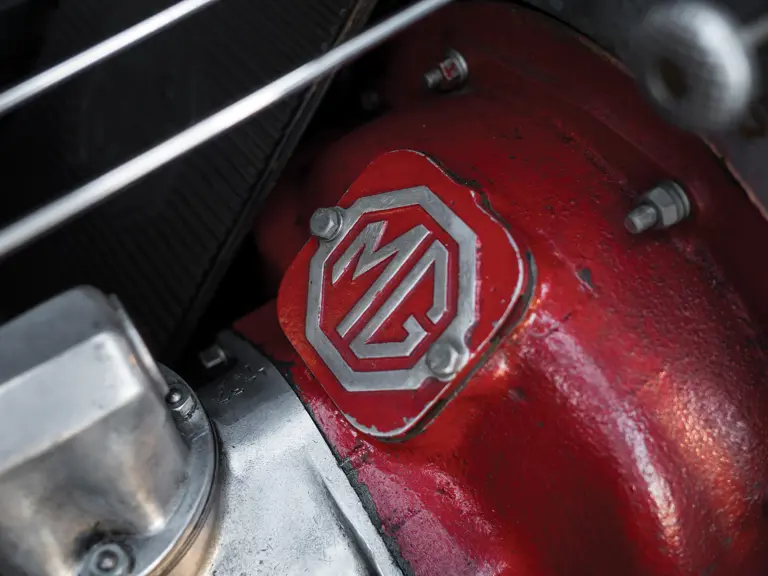
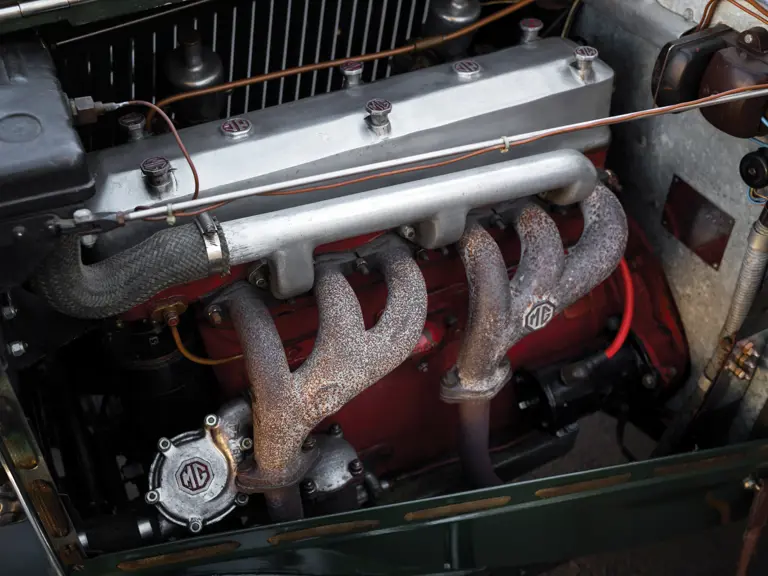

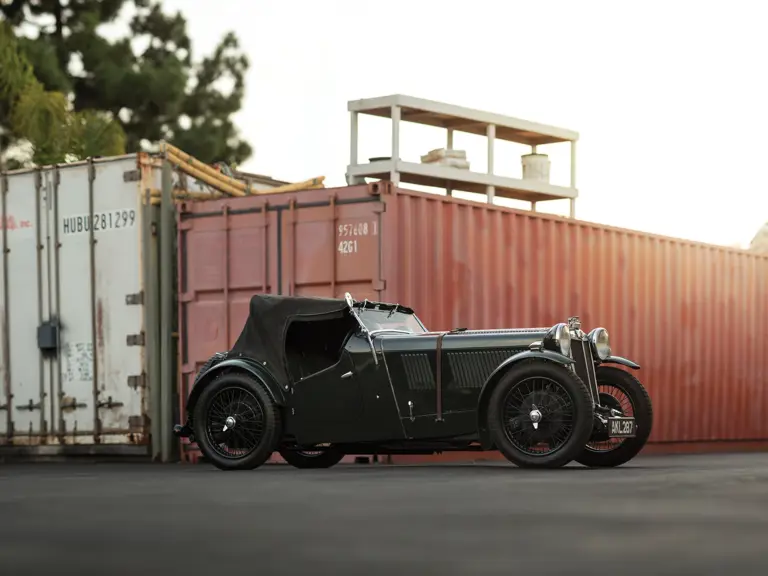
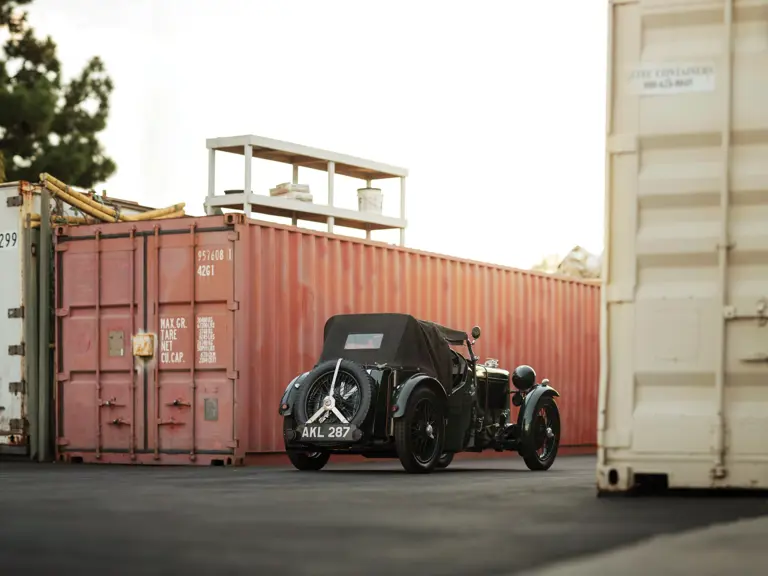
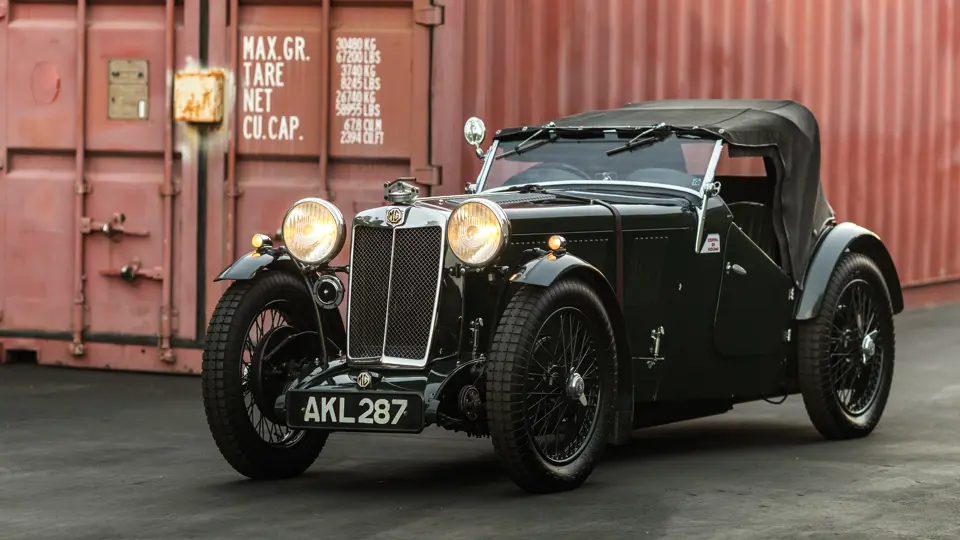
 | Phoenix, Arizona
| Phoenix, Arizona
